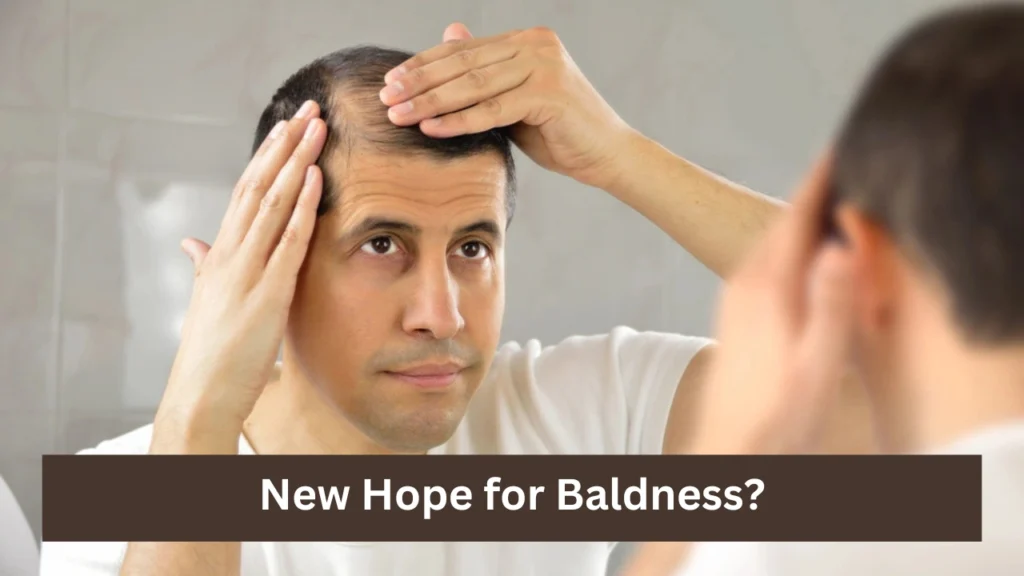A New Study Says Yes; But With Caution
The idea of reversing baldness in just a few weeks has long sounded like science fiction. For millions around the world struggling with hair loss, even the most modest regrowth is a triumph achieved through months or years of treatment. So when headlines appeared in late 2025 claiming that a new Taiwanese serum could regrow hair in 20 days, it sent waves of excitement; and skepticism; through both the medical and beauty communities.
According to a recent study conducted by researchers at National Taiwan University, scientists may have uncovered a surprising biological mechanism that could one day make rapid hair regrowth possible. The findings, published in the journal Cell Metabolism, describe how fat cells beneath the skin (adipocytes) can send powerful regenerative signals to dormant hair follicle stem cells, effectively reawakening them.
Early experiments in mice demonstrated dramatic results: visible hair regrowth in about 20 days after the application of a specially formulated fatty acid serum. But while the science is fascinating, experts caution that there’s still a long journey from a shaved mouse to a balding human scalp.
Inside the Study: How the Serum Works?
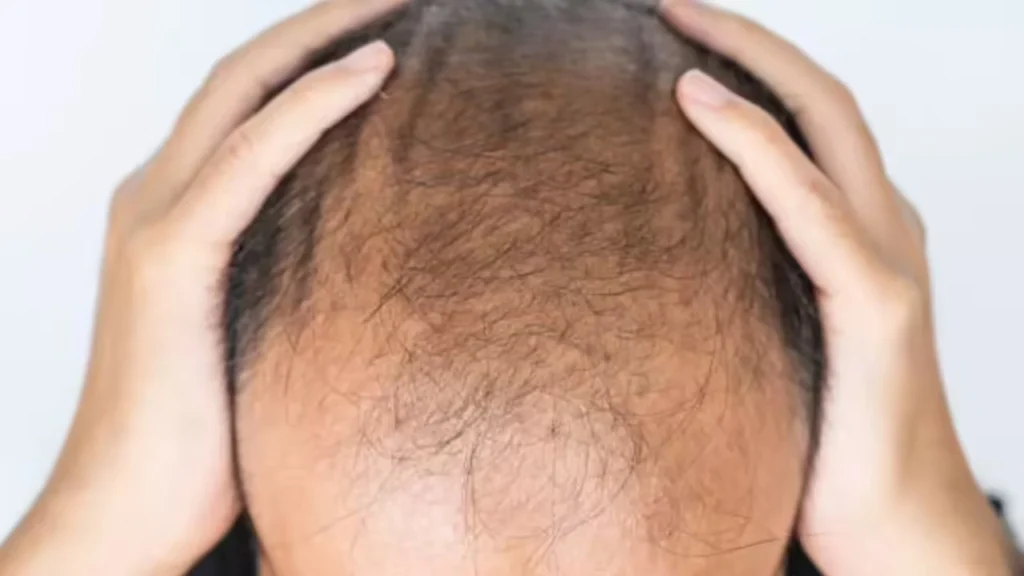
The Taiwanese researchers didn’t set out to create a cosmetic product. Their initial goal was to better understand the communication between skin fat cells and stem cells during wound healing. What they discovered could have much broader implications.
When the skin is injured, immune cells known as macrophages rush to the site to repair damage. The team observed that these macrophages stimulated nearby fat cells to begin breaking down stored fat; a process called lipolysis. During this breakdown, the adipocytes released monounsaturated fatty acids (MUFAs) such as oleic acid and palmitoleic acid.
These fatty acids were then absorbed by epithelial hair follicle stem cells, triggering a chain reaction that increased their energy metabolism and prompted them to leave their dormant state. The result? The stem cells re entered the growth phase, producing new hair shafts.
In the mouse experiments, scientists tested whether simply applying these fatty acids topically could mimic the natural process. Remarkably, it did. Within three weeks, the treated patches showed dense fur growth, while untreated areas remained bare.
This was the origin of the now famous claim: “Regrow hair in 20 days.”
Why the Findings Are Exciting?
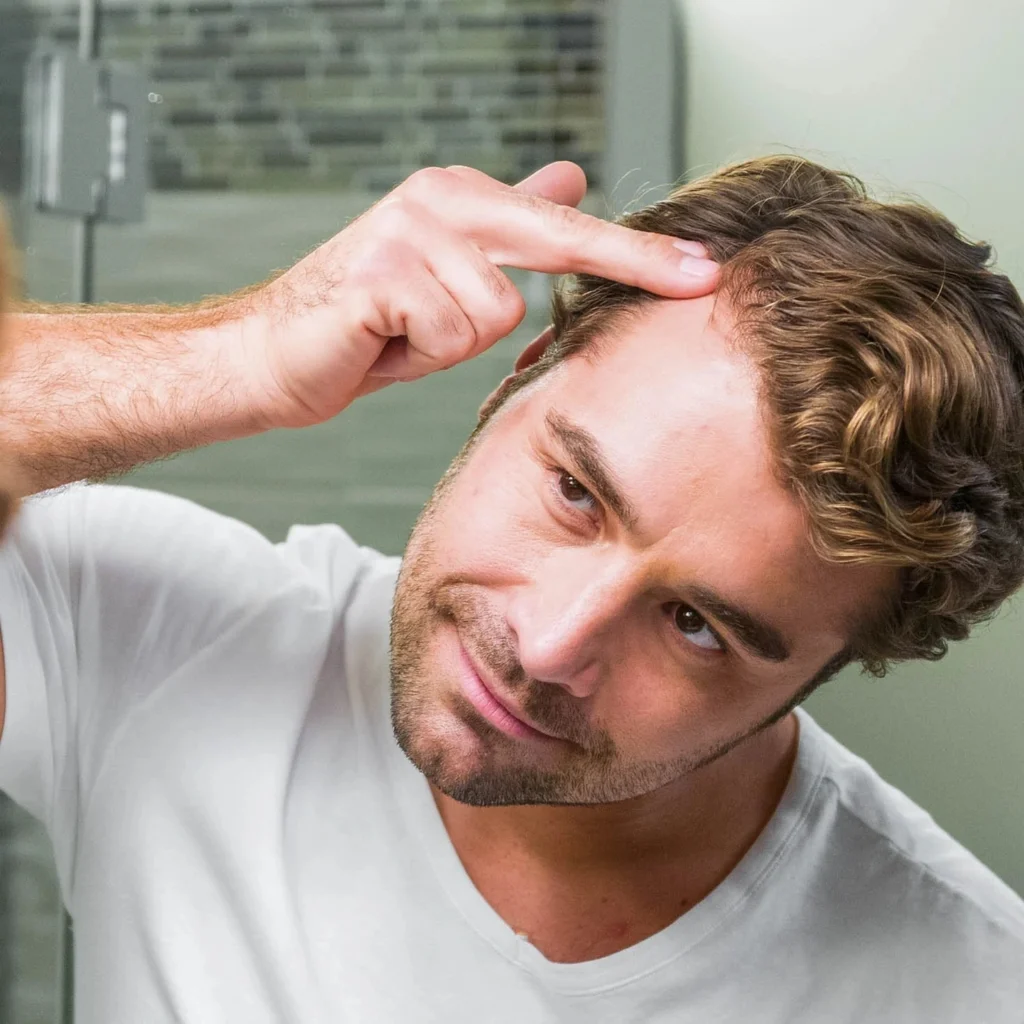
The discovery matters because it introduces a completely new biological pathway for hair regeneration. Most existing treatments; such as minoxidil or finasteride; work by modifying blood flow or blocking hormones like DHT (dihydrotestosterone) that shrink hair follicles. The Taiwanese serum, in contrast, focuses on metabolic reactivation, essentially giving dormant stem cells an energetic “kick start.”
The ingredients involved, including common fatty acids like oleic acid, are naturally present in human skin and diet, meaning they could theoretically be safe and non hormonal. This gives the method an appealing “natural” image; a topical solution that coaxes your body to heal itself.
If the same mechanism works in humans, it could mark the beginning of a new class of hair regrowth treatments; ones that act on cellular metabolism rather than hormones.
The Caveats: Why Experts Urge Caution?
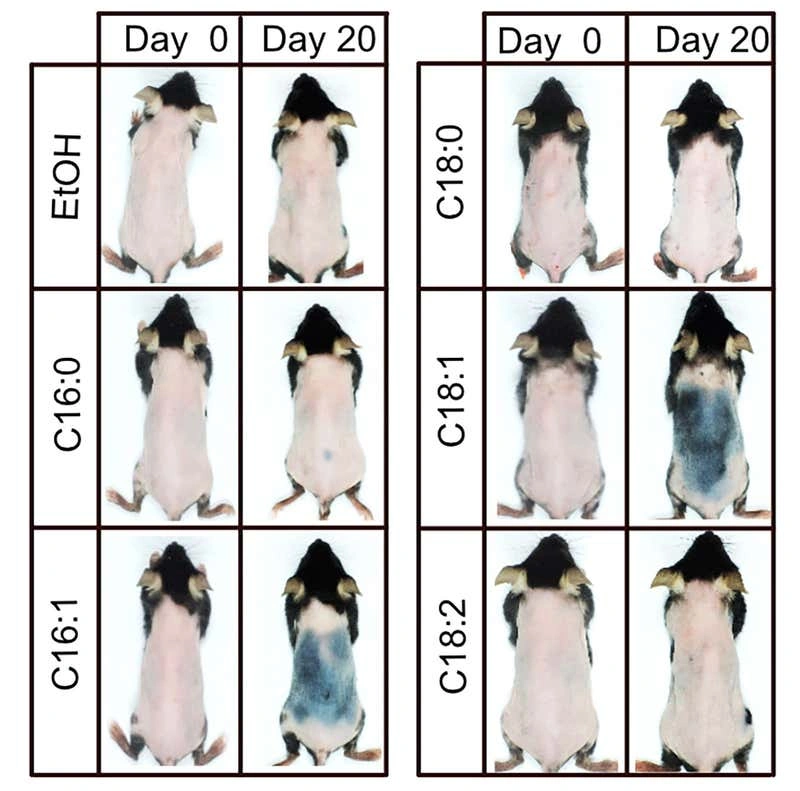
Despite the enthusiasm, scientists, dermatologists and even the study authors themselves emphasize that this is not yet a proven human treatment.
1. It’s Still a Mouse Study
Every headline touting “hair in 20 days” refers to mice, not people. Mice have much faster hair growth cycles, thinner skin and different follicle structures. Their entire hair cycle; from growth to shedding; can last only weeks, while in humans it takes years. Results that look dramatic in a mouse can fail completely in humans.
2. Cause of Hair Loss Differs
Human baldness, especially the common androgenetic alopecia (male or female pattern hair loss), isn’t just a case of “sleeping” hair follicles. Over years, hormonal effects gradually shrink the follicles until they can no longer produce visible hair. Simply “reactivating” stem cells might not reverse years of miniaturization or hormonal influence.
3. No Human Trials Yet
So far, no clinical trials have been conducted on human volunteers to test this serum’s safety or efficacy. Researchers still need to determine the right concentration, formulation, delivery method and potential side effects on human scalps. Fatty acids, though natural, can irritate the skin or alter the scalp’s microbial balance if used incorrectly.
4. Regulatory and Commercial Hurdles
Even if the serum shows promise in human studies, it must go through rigorous testing for safety and efficacy before being approved as a medical or cosmetic product. That process typically takes years. Moreover, translating a laboratory discovery into a market ready product involves challenges like ensuring shelf stability, absorption and reproducible results.
Realistic Timeline
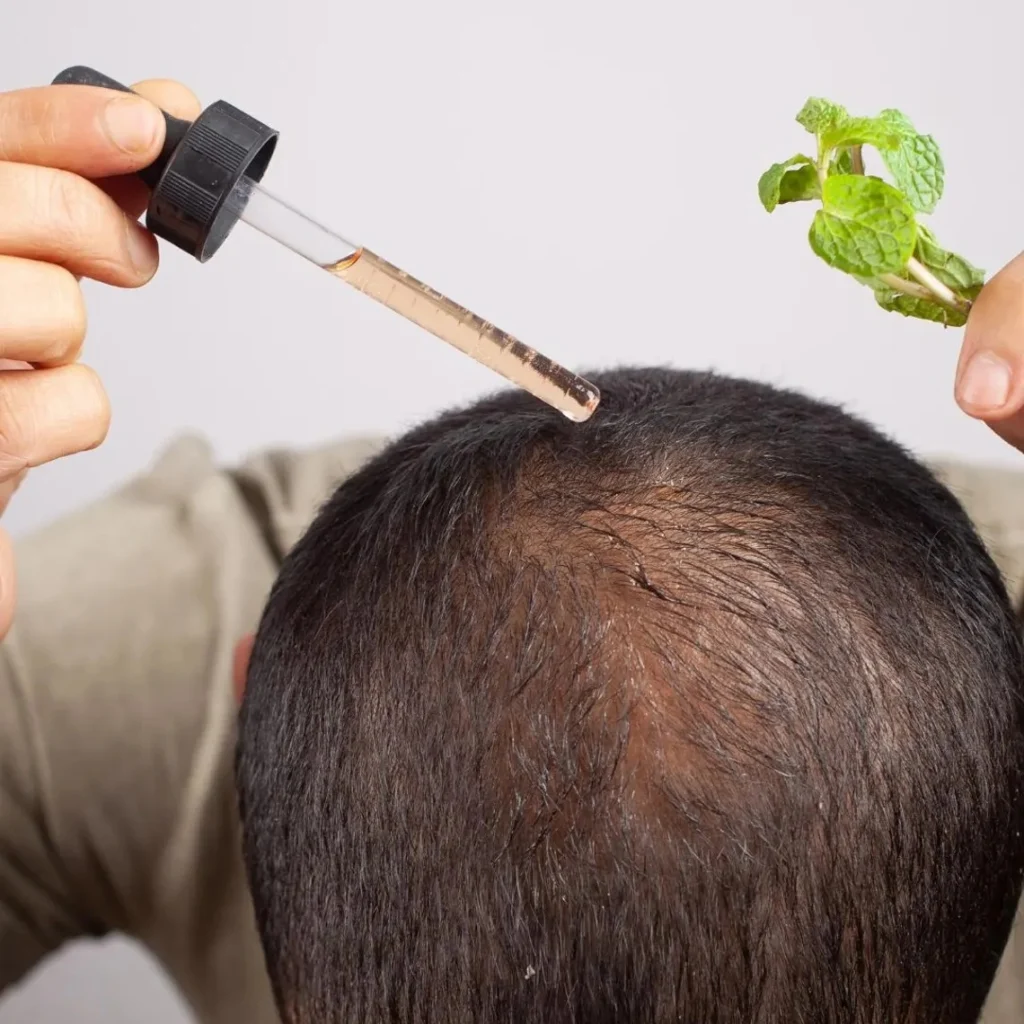
When the news broke, some readers interpreted it as a product that could be bought off shelves soon. That’s far from reality.
At present, the research is proof of concept; a demonstration that a certain biological mechanism can trigger hair growth under controlled conditions. The next steps would include:
- Replication studies by other independent labs.
- Human safety trials to test for irritation, allergic response or systemic absorption.
- Efficacy trials comparing treated and untreated scalps.
- Long term follow up to see if regrown hair remains stable.
Even under ideal circumstances, this process would take several years. So while the mechanism is promising, it’s not a “quick fix” for today’s hair loss sufferers.
Why It Still Matters?
Despite the caution, this study does signal a genuine scientific advance. For decades, hair research has largely revolved around hormones, growth factors and surgical transplants. The Taiwanese findings open an entirely new metabolic angle.
If further research confirms these results in humans, the serum could:
- Offer an alternative to hormone based drugs like finasteride.
- Complement existing treatments, perhaps improving response rates.
- Help patients in early stages of hair thinning, before follicles are completely destroyed.
- Be formulated as a topical product, potentially less invasive and with fewer systemic effects.
The notion that fat metabolism can influence hair follicle stem cells also broadens our understanding of how skin, immune cells and metabolism interact; with possible implications beyond baldness, such as wound healing or scar reduction.
The Online Buzz
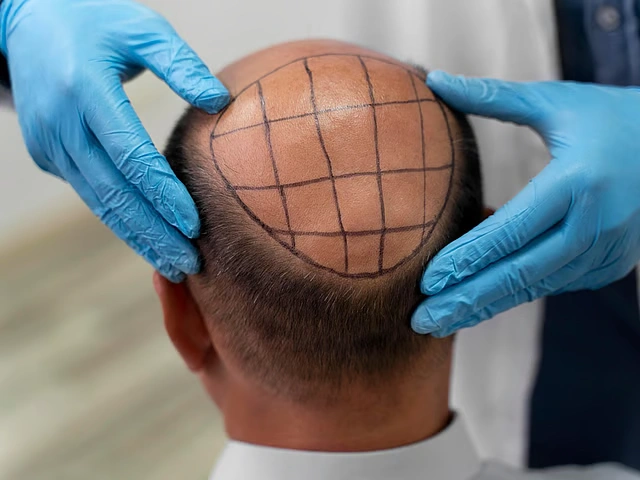
When the study surfaced, Reddit’s r/science community quickly dissected it. Many users expressed cautious optimism but also highlighted how often animal studies overpromise. One comment summed it up neatly: “Mouse study. The mice get all the medical breakthroughs.”
Others reminded readers that most experimental treatments never make it through the long process from laboratory to pharmacy shelf. Still, the level of engagement reflected genuine public hunger for effective, affordable and non invasive hair loss treatments.
What It Means for You?

If you’re dealing with hair loss today, this study is exciting; but it’s not yet something you can use. Here’s what’s worth keeping in mind:
- Stay informed, but remain skeptical of any product claiming “20 day regrowth” without published human data.
- Consult a dermatologist for evidence based options such as minoxidil, finasteride, low level laser therapy or platelet rich plasma injections.
- Prioritize scalp health: balanced nutrition, stress management and avoiding harsh chemical treatments still play a vital role.
- Watch the research. The Taiwanese team has reportedly filed patents and human trials may follow.
If those trials succeed, we could eventually see a new topical product that genuinely enhances hair regeneration but likely on a months long, not 20 day, timescale.
Key Takeaways
- A new study from National Taiwan University suggests that certain fatty acids released by fat cells beneath the skin can reactivate dormant hair follicle stem cells, leading to visible regrowth; in mice, within about 20 days.
- The serum used in the study contains monounsaturated fatty acids (like oleic and palmitoleic acid), which trigger metabolic changes that awaken follicles.
- The research is still in the animal testing stage; no human trials have been completed yet.
- While the findings are scientifically promising, experts warn that results in mice don’t guarantee success in humans.
- Claims of “20 day hair regrowth” are premature; actual human application could take years and may yield slower, more modest results.
- The discovery introduces a new biological pathway for hair regrowth; through fat metabolism; distinct from existing hormone based treatments.
Final Thoughts
The claim that a serum can regrow hair in 20 days is based on real science, not pure hype but it’s also not yet a miracle cure. The Taiwanese discovery highlights a fascinating link between fat metabolism and hair follicle activation, offering hope for future therapies that are safer and more natural than current options.
Still, as every expert has stressed, mice are not men. The road from laboratory mice to human scalps is long and uncertain. Until clinical trials confirm safety and effectiveness, the serum remains a promising concept, not a consumer reality.
So for now, the best approach is a mix of curiosity and caution. Celebrate the science but keep your wallet closed until the evidence catches up.
Sources: NDTV, Gulf News, Times of India, Medical Xpress
